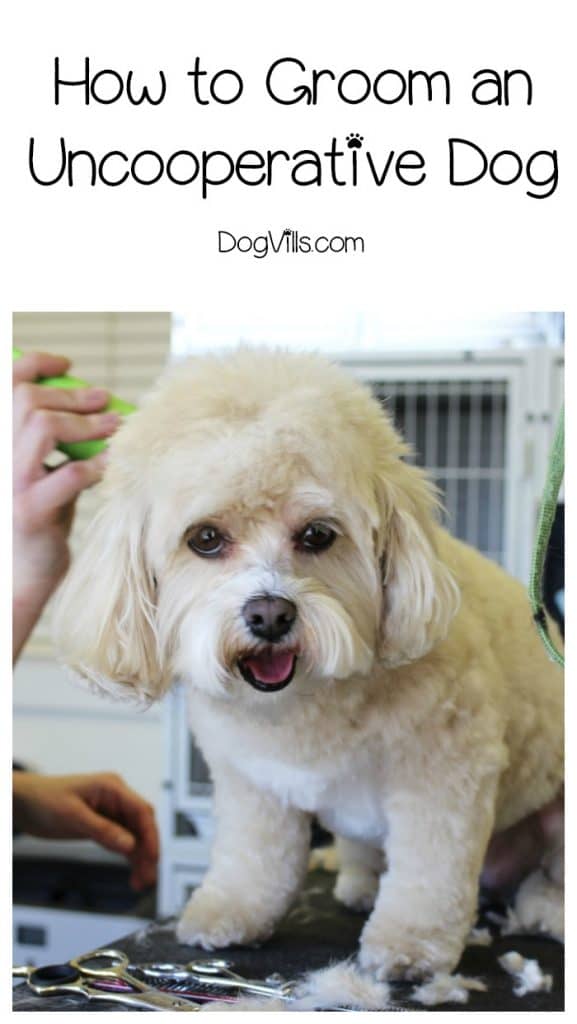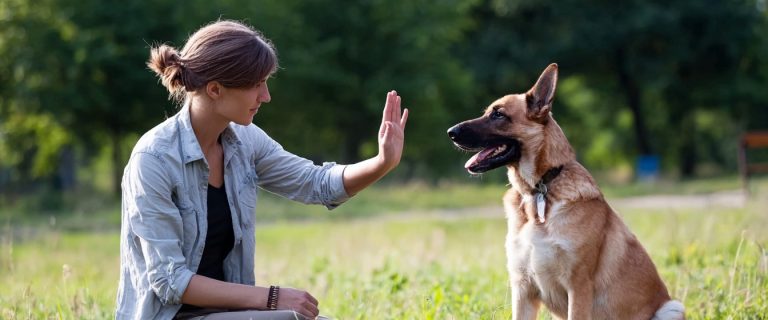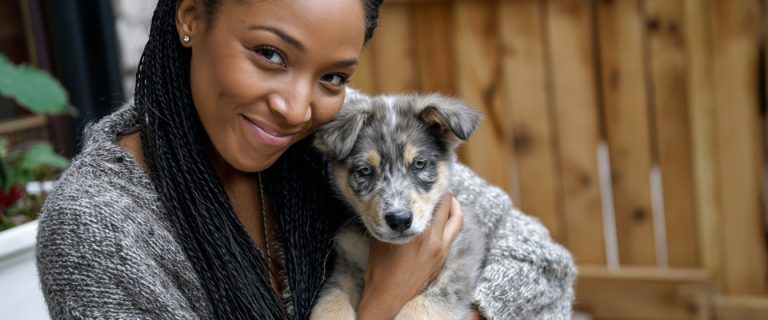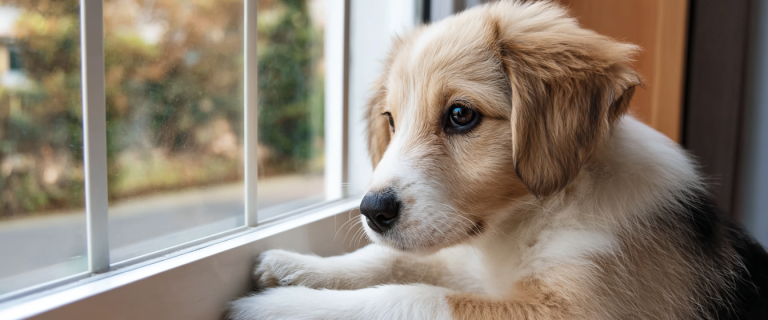Let’s face it—grooming a dog who flails like a furry fish out of water isn’t exactly anyone’s idea of a good time. But if your pup treats bath time like you’re about to torture him with a thousand tiny brushes, don’t panic. There are ways to get even the most uncooperative dog on board (or at least mildly tolerant) with grooming. Let’s discuss!
Affiliate links included below. If you make a purchase through these links, we earn a small commission at no extra charge to you.
How to Groom an Uncooperative Dog
Before we dive into damage control, let’s rewind a bit—because preventing the grooming struggle often starts way before the tub is even filled.
Start Early: Grooming Training Begins in Puppyhood
Unless you’ve adopted an adult dog, the best way to ensure that your dog is well-behaved on the grooming table is to get him used to the process from a very early age.
You’ve probably heard that you should get your pup used to having his paws, ears, and mouth touched to make vet visits easier. The same rule applies for grooming.
Here’s what to do:
- Start handling your pup’s paws like you would when clipping nails.
- Gently touch around their mouth, eyes, ears, and rear.
- Mimic brushing motions on their coat, even if there’s not much to brush yet.
- Introduce grooming tools (like clippers and brushes) gradually.
- Make everything a party—with treats, praise, and even play between steps.
You’ll also need to get them used to the sound of clippers if you have a dog that requires a periodic clipping. Start by turning them on several feet away from your pup to see how he’ll react. No matter what his reaction, give him treats so he associates the clippers with something good.
Over a period of several days, gradually move the clippers close and closer to your dog, ending with actually touching your dog with the clippers. Throughout the process, ensure that he gets lots and lots of treats. Do the same treat reward scenario for the rest of the grooming movements, as well.
Bath Time Basics: Keep It Short, Sweet, and Treat-Filled
The first few baths can set the tone for life. So don’t just dunk your dog in and hope for the best.
- Use warm (not hot) water and a gentle, dog-safe shampoo.
- Go slow—introduce water with your hand before turning on the sprayer.
- Praise and treat throughout the process.
- Don’t worry if it’s not perfect the first time. You’re building tolerance, not creating a show dog… yet.
Pro Tip: If your dog absolutely hates baths, try doing it outdoors in warm weather with a hose attachment. Some dogs feel less trapped when they’re not in a small, echoey bathroom.
How to Groom an Older Dog Who Isn’t Having It
If your dog’s already made up his mind that grooming = evil, don’t worry—it’s not too late. But it will take time and patience. Like, a lot of it.
Here’s the slow-and-steady strategy:
- Start with handling.
Touch his paws, ears, and mouth just like you would with a puppy. Reward like crazy. Use high-value treats—think cheese, deli meat, or anything that makes him drool. - Watch for stress signs.
If your dog stiffens up, pulls away, or starts panting or licking his lips, stop and back off. You’re not trying to power through—you’re trying to build trust. - Gradually add in tools.
Let him sniff the brush. Turn the clippers on across the room. Treat, treat, treat. Work your way up over time, even if that means days or weeks. - Keep sessions short.
Don’t try to do a full grooming session all at once. Start with one paw. Then maybe the tail. Small wins add up.
Remember, you’re not training your dog to love grooming overnight—you’re teaching him that it’s not the end of the world.
What to Do When Your Dog Still Hates Grooming
Sometimes, despite your best efforts, your dog just isn’t having it. And that’s okay. Here are a few options if all else fails:
Try a Mobile Groomer
A mobile groomer comes to your house, eliminating the stress of car rides and loud salons. They often offer one-on-one attention, which can be less overwhelming.
Ask Your Vet About Sedated Grooming
If your dog is severely anxious or aggressive during grooming, talk to your vet. Some clinics offer sedated grooming, which may be a safe option in extreme cases. It’s not ideal for regular maintenance, but it’s better than letting your dog suffer through mats or overgrown nails.
Adjust Your Expectations
Not every dog will love grooming. And that’s okay. Your goal isn’t perfection—it’s health, hygiene, and as little stress as possible for both of you.
Additional Tips for Success
Use the Right Tools
- Invest in quality brushes and clippers designed for your dog’s coat type.
- Try grooming gloves if your dog hates brushes—they can feel like petting.
- Use anti-slip mats in the tub or grooming area to make them feel secure.
Pick Your Battles
- You don’t have to do everything in one day. Space things out.
- If brushing is easier than bathing, do more of that. Focus on what works.
Use Calming Products
- Consider pheromone sprays, calming collars, or even soothing music.
- CBD treats (vet-approved, of course) may also help reduce anxiety.
Best CBD Oil Supplement for Dogs
Vet Naturals Hemp & Hips quickly delivers a CBD richer in joint-supporting cannabinoids and terpenes, easing joint pain and anxiety in as little as 10 minutes. The 100% naturally organic blend is formulated by vets and Made in the USA.
Exercise First
A tired dog is a less fidgety dog. A long walk or play session beforehand can work wonders.
Final Thoughts: Progress Over Perfection
If your dog isn’t exactly a fan of spa day, you’re not alone. Many pups aren’t born with a love of grooming—and some will never fully enjoy it.
But with the right approach, lots of treats, and a heavy dose of patience, you can turn grooming time from a nightmare into something at least manageable. And that’s a win in any dog parent’s book.
Whether you’re starting fresh with a puppy or working to earn an older dog’s trust, remember: go slow, stay calm, and treat like it’s going out of style.
Do you have any other tips for how to groom a dog that won’t cooperate? Share below!
Author
-

A former Veterinary Assistant at Southwest Animal Care Hospital, Ben is an animal lover, blogger, and all-around geek. Along with writing for DogVills, Ben runs his own virtual assistant company, BizzyBim.
View all posts







